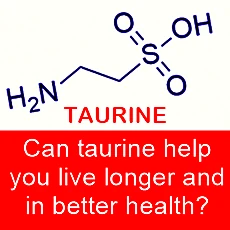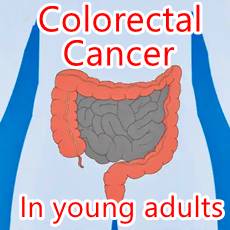Sodium - Fact Sheet
Sodium and Your Health
Fact Checked
×All the content published in our website is fact checked to validate its accuracy.
Visit our guidelines web page to learn more about our strict processes regarding how we review our content's sources: reliable and reputable journals, media websites, universities, colleges, organizations, and professionals.
Our articles are based on scientific evidence, and the references are included in its footnotes, which are clickable links to sound scientific papers.
First published: 07. Feb.2025
Overview: we should consume less sodium
Scientific evidence links dietary sodium, mostly in the form of common table salt, with high blood pressure which in turn increases the risk of heart disease, stroke, kidney disease, and death.
Globally, sodium is consumed at levels far above those needed by the body to maintain its normal functions. Salt added during cooking at home or at the table, or sodium salts added during the manufacture of processed foods (cereal, bread, canned vegetables, cold cuts, sauces, dressings, and cookies) and restaurant dinners (tacos, french fries, pizza, hot dogs, etc.) more than duplicate the adequate sodium levels.
This article explores the health risks of excess sodium intake, which are the main dietary sources of sodium, the recommended daily intakes, how to cut down on your sodium consumption, and some interesting information about sodium as a chemical element and its biochemical role in the human body.
References and Further Reading
(1) Forouzanfar MH, Liu P, Roth GA, Ng M, Biryukov S, Marczak L, Alexander L, Estep K, Hassen Abate K, Akinyemiju TF, et al., (2017). Global burden of hypertension and systolic blood pressure of at least 110 to 115mm Hg, 1990–2015. JAMA, 317 (2) (2017), pp. 165-182
(2) He FJ, Li JF, MacGregor GA, (2013). Effect of longer term modest salt reduction on blood pressure: Cochrane systematic review and meta-analysis of randomised trials. BMJ, 346, p. f1325
(3) Bhat S, Marklund M, Henry ME, Appel LJ, Croft KD, Neal B, Wu JHY., (2020). A Systematic Review of the Sources of Dietary Salt Around the World. Adv Nutr. 2020 May 1;11(3):677-686. doi: 10.1093/advances/nmz134. PMID: 31904809; PMCID: PMC7231587
(5) Neal B, Wu Y, Feng X, Zhang R, Zhang Y, Shi J, Zhang J, Tian M, Huang L, Li Z, et al., (2021). Effect of salt substitution on cardiovascular events and death. N Engl J Med. 2021;385:1067–1077. doi: 10.1056/NEJMoa2105675
(4) Jie Yu , Clare Arnott , Qiang Li, Gian Luca Di Tanna , Maoyi Tian , Liping Huang , Xuejun Yin , and Bruce Neal, (2024). Secondary Analysis of the Salt Substitute and Stroke Study (SSaSS): Effects of Potassium-Enriched Salt on Cardiac Outcomes. Hypertension, Vol 81, No 5, pp 1031-1040. https://doi.org/10.1161/HYPERTENSIONAHA.123.22410
(6) Ahmed M, Ng AP, Christoforou A, Mulligan C, L'Abbé MR., (2020). Top Sodium Food Sources in the American Diet-Using National Health and Nutrition Examination Survey. Nutrients. 2023 Feb 6;15(4):831. doi: 10.3390/nu15040831. PMID: 36839189; PMCID: PMC9962803
(7) Anderson CA, Appel LJ, Okuda N, et al., (2020). Dietary sources of sodium in China, Japan, the United Kingdom, and the United States, women and men aged 40 to 59 years: the INTERMAP study. J Am Diet Assoc. 2010;110(5):736–745. doi: 10.1016/j.jada.2010.02.007.
(8) US Department of Agriculture and US Department of Health and Human Services, (2020). Dietary Guidelines for Americans, 2020–2025. 9th ed. Washington, DC: US Government Publishing Office; 2020. DietaryGuidelines.gov
About this Article
Sodium - Fact Sheet, A. Whittall
©2025 Fit-and-Well.com. First Published: 07.Feb.2025. Update scheduled for 07.Feb.2028. https://www.fit-and-well.com/fitness/sodium.html
Tags: sodium, salt, potassium, osteoporosis, cancer, blood pressure, heart, asthma, processed foods, kidney stones





